At a Glance
- A Brazilian energy provider engaged Renoir to help them identify and implement solutions to enhance the operational efficiency of the DCMD department in one of their concessions.
- Our analysis revealed the potential to automate existing manual tasks, freeing up employee hours for higher-value activities.
- At the end of the project, the organisation had made substantial progress in streamlining operations and improving overall efficiency.
Key Results
150% improvement
in compliance with standardised materials budgeted in projects
12%-16% reduction
in manual workload
19%-26% increase
in service activities for regulated process steps
9%-13% improvement
in material write-offs
Background
Our client is one of Brazil’s largest energy providers, serving the population of hundreds of municipalities across the country. They play a significant role in the energy sector. Having invested billions of Brazilian reais in one of its concessions, our client identified opportunities to enhance operational efficiency within the DCMD department, alleviating employee workloads and boosting productivity. With Renoir’s extensive experience in the electricity sector, the client therefore engaged us to help identify such opportunities and implement the necessary solutions.
Analysis
The project focused on structuring key processes, developing procedures, and implementing information controls for both regulated and non-regulated activities. Our team also focused on the critical contractor routines management for the execution of works and projects. Our analysis identified significant potential to automate existing manual tasks, which could free up employee hours. This would enable employees to concentrate on higher-value activities that contribute to the company’s strategic goals and operational efficiency.
Project Approach
We developed an attack plan for the implementation phase that involved the following key actions:
- A thorough evaluation of all critical processes across the relevant areas
- Mapping activities that lead to financial compensation payments
- Establishment and alignment of new controls to improve effective oversight
- Development of new routines to improve engineers’ and supervisors’ performance
- Define and set new measures of operational and corporate indicators
- Mapping existing procedures and initiatives that complement and reinforce the attack plan to ensure its sustainability
Prior to implementation, internal alignment meetings were held with the company leaders and managers to ensure consensus on the approach. Similar alignment discussions were also conducted with the heads of service provider companies to ensure their buy-in and understanding of the new procedures and expectations
“After establishing the management system and processes, our objective was to automate administrative tasks to alleviate employee workloads.”
– Technical Director
Ready for a change in your organisation?
Implementation
The initial transformation journey goal was to establish clear processes for activities while maintaining the “customer versus supplier” dynamic. During this phase, key aspects such as information flow, control mechanisms, systemic data sources, and the ability to generate information were mapped.
Internal objectives, shareholder goals, and regulatory agency commitments were then assessed, leading to the definition of key controls, along with daily evaluation routines and corresponding daily indicators.
By the end of this phase, the new process began to accurately reflect the volumes of work performed across various areas and workstations. This clarity enabled the design of workstation layouts and activities with built-in automation requirements. Further analyses were conducted, including the standardisation of tasks and processes.
Additionally, the material descriptions and coding system for the selected concession were standardised. With adjusted processes, established measurement frequencies, standardised activities, and a comprehensive mapping of automation prerequisites in place, the first phase of automation was launched.
The initial phase of automation focused on the early stages of the workflow, particularly on standardising materials listed in project documentation. This critical step aimed to streamline the procurement process, reduce variability, and improve overall project efficiency.
Results
The results achieved reflect the commitment of the company’s employees to delivering sustainable solutions in the DCMD area. Following the success of the first wave, a dedicated room for working groups was later established, allowing teams to focus solely on the tasks at hand without distraction. The groups worked on processes and tasks, analysed operational details and identified gaps, inefficiencies, and opportunities to optimise the project lifecycle.
The results of our initiatives demonstrate substantial progress in streamlining operations and improving overall organisational efficiency. The implementation of robust processes, advanced systems, automations, and effective controls has positioned the organisation for continuous improvement and long-term success.
*We have intentionally omitted client-specific details to uphold strict confidentiality.
Would you like to automate manual processes and free up your employees' time for high-value activities?












